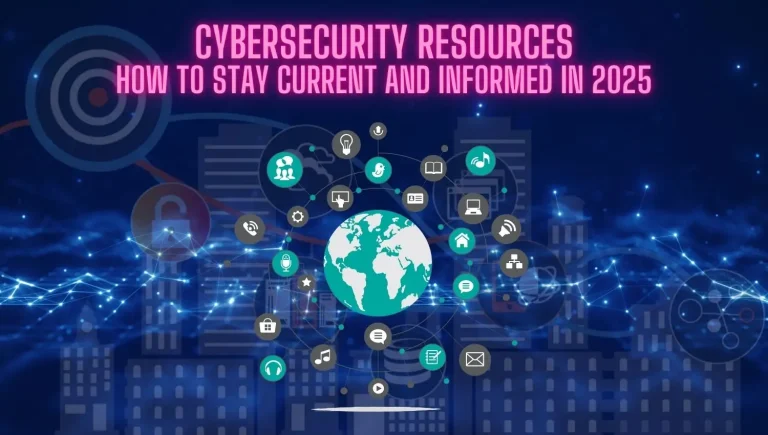In today’s digital age, where everything from smartphones and smart homes to online banking and remote work is internet-connected, cybersecurity is more critical than ever. By 2025, cyber threats have grown more sophisticated, but so have the tools and strategies to protect against them. Whether you’re an individual, a small business owner, or part of a large organization, understanding how to stay safe online is essential.
Here’s a comprehensive guide to the most important cybersecurity tips in 2025 to help you protect your data, devices, and digital life.
🔐 1. Use Strong, Unique Passwords
Still one of the most effective defenses:
- Create complex passwords using a mix of letters, numbers, and symbols.
- Avoid using the same password across multiple accounts.
- Use a password manager to securely generate and store your credentials.
📲 2. Enable Multi-Factor Authentication (MFA)
MFA adds an extra layer of security beyond just a password. In 2025, many services now offer:
- Biometric login (fingerprint or facial recognition)
- One-time passcodes sent via SMS or authentication apps
- Hardware security keys for extra-sensitive accounts

💻 3. Keep Software & Devices Updated
Outdated systems are prime targets for hackers. Always:
- Enable automatic updates for operating systems, apps, and antivirus software.
- Update firmware on routers, smart home devices, and wearables regularly.
🧠 4. Be Cautious with Phishing Scams
Phishing attacks remain one of the most common and dangerous threats:
- Don’t click on suspicious links or download attachments from unknown sources.
- Check for misspelled email addresses, unusual messages, or unexpected requests.
- When in doubt, verify directly with the sender through another method.
📡 5. Secure Your Home Network
With more people working from home, a secure network is crucial:
- Change default router passwords and usernames.
- Use WPA3 encryption for Wi-Fi security.
- Hide your network’s SSID (name) from public view.
🛡️ 6. Install Trusted Security Software
In 2025, advanced security suites often include:
- Real-time malware scanning
- Ransomware protection
- VPN services
- Safe browsing tools and phishing protection
🧑💻 7. Be Mindful of Public Wi-Fi
Public networks can be hotspots for cyberattacks:
- Avoid accessing sensitive data (like online banking) on public Wi-Fi.
- Use a Virtual Private Network (VPN) to encrypt your connection.
- Turn off auto-connect features for open networks.
🧾 8. Backup Your Data Regularly
Always be prepared for unexpected data loss:
- Use both cloud storage and physical drives (like external SSDs).
- Schedule automatic backups.
- Test your backups occasionally to ensure they work.
👥 9. Educate Yourself and Others
Cybersecurity awareness is everyone’s responsibility:
- Stay updated on common threats and new scam tactics.
- Teach family members and employees safe online habits.
- Take online courses or follow trusted cybersecurity blogs and alerts.
🧬 10. Embrace AI and Automation Tools
Many modern cybersecurity tools use AI to:
- Detect unusual behavior and prevent attacks in real time.
- Automate software patching and security monitoring.
- Provide actionable insights into potential vulnerabilities.
🛑 Bonus Tips for Businesses
- Implement a zero-trust security model.
- Segment networks to limit potential breach impact.
- Conduct regular penetration testing and security audits.
- Create an incident response plan in case of cyberattack.
🔚 Conclusion
Cyber threats in 2025 are more complex—but so are your defenses. With the right tools, habits, and awareness, you can greatly reduce your risk and confidently navigate today’s digital world.
Stay informed. Stay alert. Stay protected. Cybersecurity isn’t just a tech issue—it’s a life skill.



